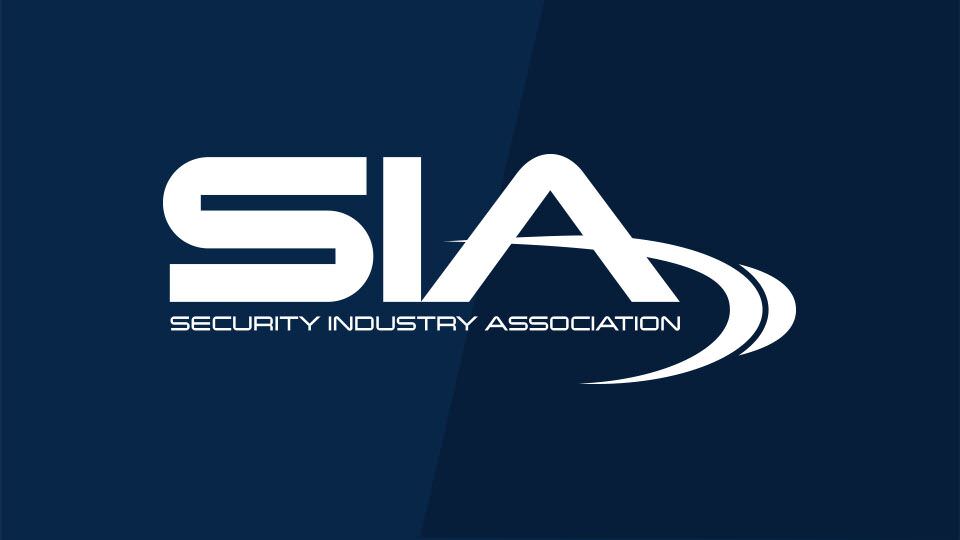RFID and a Layered Security Approach

“In today’s climate, one would be hard pressed to argue that the safety and security of the children and educators in our public school system is not a compelling governmental interest. Mandatory identification badges issued to all students, staff and visitors further the school’s interest in providing a safe and secure environment for everyone on campus. One could envision many different methods of ensuring safety and security in schools, and the requirement that high school students carry a uniform ID badge issued for those attending classes on campus is clearly one of the least restrictive means available.”
— Orlando L. Garcia,
United States District Judge,
Western District of Texas
The above quote is taken from a decision in a lawsuit filed by a student at a Texas high school who claimed that her religious freedom was being violated. The violation: the school district was requiring her to wear an ID badge containing radio frequency identification (RFID) technology. The student claimed that the RFID device equated to “carrying the mark of the beast” and violated her religious freedom.
The judge ruled in the school district’s favor, saying that “public school officials have broad discretion in the management of school affairs and the courts should not lightly interfere with the daily operation of school systems.”
Despite the ruling, three Texas legislators have introduced bills that would ban the use of RFID technology in school districts there. If passed, this type of legislation would hamper a school district’s ability to ensure the safety and security of its students and those who educate them.
That’s not to say RFID is the only solution but most security experts agree that the best approach to security is a layered approach. In fact, the Texas school district in this case also uses digital video surveillance cameras on all of its high school and middle school campuses and is extending the program to elementary schools as well.
So the question is – what are the objections to using RFID technology in identification badges? Two issues raised as a result of this case are privacy and religious freedom.
As the judge rightly noted in his ruling, RFID technology can only locate an individual if (1) there is a reader at that location and (2) that the card presented to the reader has been entered into the system. Therefore, readers positioned at the entrances and exits of buildings can tell if a person has entered the building but not where they are in the building unless there are additional readers at every room entrance.
Where religious freedom is the issue, the judge noted that the student was offered a badge without RFID technology and she still refused to carry it.
RFID technology, deployed following the Security Industry Association’s Privacy Framework, offers schools and universities an effective means of providing for the safety and security of students and teachers. Shouldn’t the first rule in any piece of legislation be “do no harm?” The three anti-RFID bills introduced in Texas have the potential to do immeasurable harm by more than lightly interfering in a school district’s ability to protect students, teachers and administrators.
The views and opinions expressed in guest posts and/or profiles are those of the authors or sources and do not necessarily reflect the official policy or position of the Security Industry Association (SIA).
